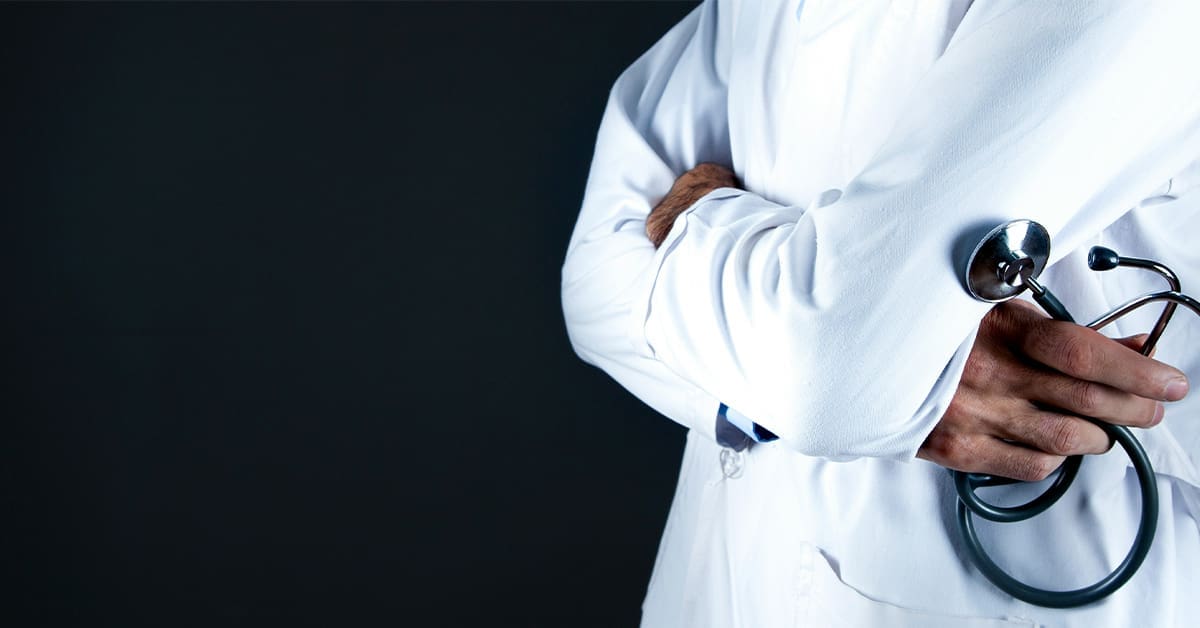Introduction
The cannabis plant, renowned for its psychoactive and therapeutic properties, owes its effects to a complex interplay of compounds[1]. Beyond the well-known cannabinoids like THC and CBD, a host of other molecules contribute to the plant’s impact. This phenomenon, known as the “entourage effect,” suggests that the therapeutic benefits of cannabis are amplified when its various compounds work together. However, this concept is not without controversy.
The Entourage Effect: A Symphony of Compounds
The term “entourage effect” was first coined in 1998 by Israeli scientists Shimon Ben-Shabat and Raphael Mechoulam[1]. They proposed that the endocannabinoid system’s components interact in a way that enhances the body’s ability to maintain balance or homeostasis. This theory was later extended to phytocannabinoids (cannabinoids derived from plants), suggesting that these compounds, when consumed together, can create a greater impact than when consumed individually.
Research has shown that cannabinoids and terpenes, the aromatic compounds in cannabis, can interact synergistically[2]. For example, the terpene myrcene can enhance the anti-inflammatory effects of CBD, while limonene can improve the mood-lifting effects of THC[3]. Similarly, the cannabinoid cannabigerol (CBG) can enhance the pain-relieving properties of THC[4].
Evidence Supporting the Entourage Effect
Several studies have provided evidence supporting the entourage effect. A 2011 review published in the British Journal of Pharmacology examined the interactions between cannabinoids and terpenes and found that these compounds could either amplify or mitigate the effects of each other, leading to varied therapeutic effects[2].
Another study published in the European Journal of Pain in 2018 found that a whole-plant extract of CBD was more effective at treating inflammation and pain in mice than pure CBD[5]. The researchers suggested that other compounds in the extract were enhancing CBD’s therapeutic effects.
The Ongoing Debate on the Entourage Effect
Despite the growing body of evidence, some researchers remain skeptical of the entourage effect. Critics argue that most studies supporting the entourage effect are preclinical and based on animal models. They contend that more rigorous clinical trials in humans are needed to substantiate these claims[6].
Moreover, some detractors point out that the entourage effect can also lead to negative outcomes. For instance, certain terpenes might increase the permeability of the blood-brain barrier, potentially allowing harmful substances to enter the brain[6].
Addressing the Skepticism Surrounding the Entourage Effect
While it’s true that more human clinical trials are needed, the existing preclinical studies provide a strong foundation for the entourage effect theory. Animal models are a standard first step in drug discovery and have been instrumental in understanding various diseases[7].
Furthermore, the complexity of the cannabis plant, with its hundreds of interacting compounds, makes it challenging to study. Traditional clinical trials often focus on isolated compounds, which may not fully capture the synergistic effects observed with the whole plant. Therefore, new research methodologies may be needed to adequately investigate the entourage effect[7].
Lastly, anecdotal evidence from medical cannabis users also supports the entourage effect. Many users report that whole-plant cannabis products provide more significant relief than isolated THC or CBD, suggesting that other compounds in the plant may be enhancing the therapeutic effects[7].
As for the potential negative outcomes, it’s important to note that these are possibilities rather than established facts. More research is needed to understand these interactions fully. Furthermore, the potential risks should be weighed against the potential benefits. For many patients, cannabis provides relief that traditional medications have not been able to provide [7].
Conclusion
The entourage effect represents a promising area in cannabis research. While more studies are needed, particularly in humans, the existing evidence suggests that the whole may indeed be greater than the sum of its parts when it comes to cannabis. As our understanding of cannabis and its myriad compounds continues to grow, so too does the potential for new and more effective therapies [7].
References
- Ben-Shabat, S., Fride, E., Sheskin, T., Tamiri, T., Rhee, M. H., Vogel, Z., … & Mechoulam, R. (1998). An entourage effect: inactive endogenous fatty acid glycerol esters enhance 2-arachidonoyl-glycerol cannabinoid activity. European journal of pharmacology, 353(1), 23-31.
- Russo, E. B. (2011). Taming THC: potential cannabis synergy and phytocannabinoid-terpenoid entourage effects. British journal of pharmacology, 163(7), 1344–1364.
- Gallily, R., Yekhtin, Z., & Hanuš, L. O. (2018). The Anti-Inflammatory Properties of Terpenoids from Cannabis. Cannabis and Cannabinoid Research, 3(1), 282–290.
- LaVigne, J., Hecksel, R., Keresztes, A., & Streicher, J. (2020). Cannabis sativa Terpenes are Cannabimimetic and Provide Support for the Entourage Effect Hypothesis.
- LaVigne, J., Hecksel, R., Keresztes, A., & Streicher, J. (2021). Cannabis sativa terpenes are cannabimimetic and selectively enhance cannabinoid activity. Scientific Reports, 11, 8232.
- Sommano, S., Chittasupho, C., Ruksiriwanich, W., & Jantrawut, P. (2020). The Cannabis Terpenes. Molecules, 25(24), 5792.
- Chacon, F. T., Raup-Konsavage, W., Vrana, K., & Kellogg, J. (2022). Secondary Terpenes in Cannabis sativa L.: Synthesis and Synergy. Biomedicines, 10(12), 3142.








